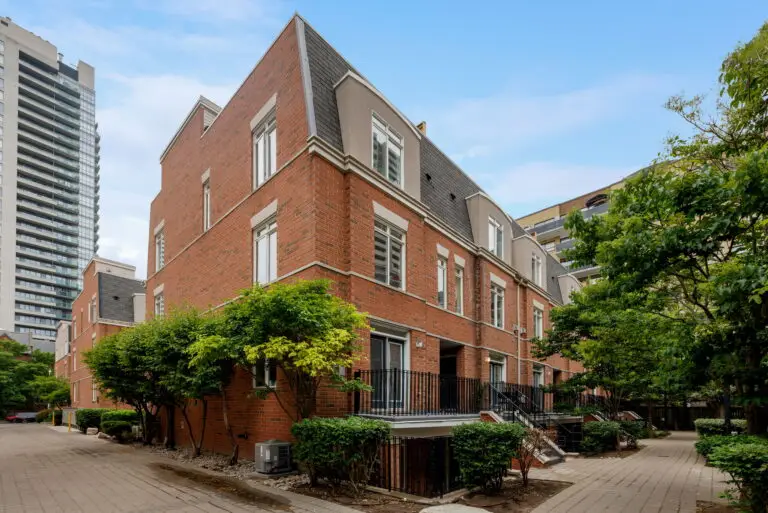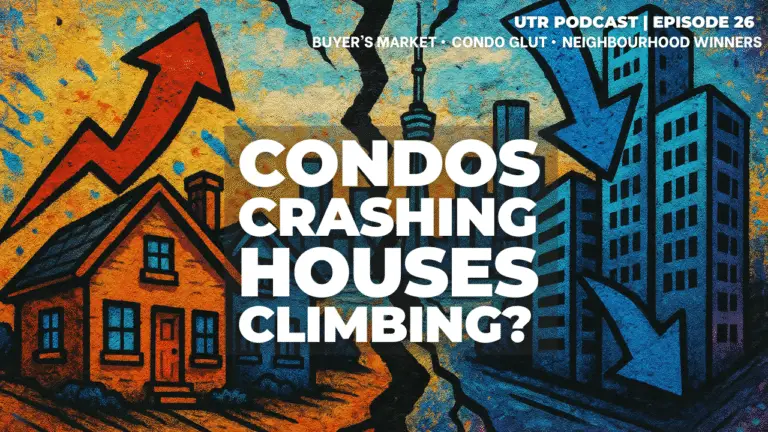In today’s real estate landscape, particularly in cities like Toronto, the conversation around housing affordability is more critical than ever. We constantly hear that the solution to the housing crisis is to “build more homes,” but is that really the answer? Or are we missing a bigger, more complex issue at play—one that’s not just about supply, but also about the declining purchasing power of everyday people?
In this post, we’ll explore why the real crisis is not just a lack of housing supply but an affordability issue driven by economic forces that have been eroding people’s ability to buy homes for decades, especially post-pandemic.
1. The Problem with the Supply-Centric Narrative
The mainstream narrative has long been that to make housing affordable, we need to build more homes. While this seems logical—more supply should mean lower prices—the reality is often far more complex. In Toronto, for instance, we’ve seen a surge in condo construction over the past decade. However, despite the increase in housing units, prices have continued to climb. Why?
The answer lies in how these new homes are being used. Many of these units are not sold to end-users looking for a place to live, but rather to investors seeking to capitalize on rising real estate prices. This investor-driven demand inflates prices beyond what the average homebuyer can afford, making the “build more” approach less effective than it seems on paper.
2. The Erosion of Purchasing Power: A Hidden Crisis
While the number of homes being built is often the focus, the real crisis may lie in something less tangible—purchasing power. Purchasing power refers to how much your money can buy, and it’s been steadily eroding over the years due to inflation and stagnant wage growth.
From 2000 to 2024, inflation in Canada averaged around 2%, but there have been spikes, such as a near 7% inflation rate in 2022 due to post-pandemic economic turbulence, supply chain disruptions, and global uncertainties. Meanwhile, wages have not kept pace. As a result, the same dollar buys significantly less today than it did two decades ago, and this is felt acutely in the housing market.
Even during periods of relatively stable inflation, wages have stagnated, particularly in sectors that have seen significant job growth. This creates a situation where people are earning the same or only slightly more than they did years ago, but the cost of living—and the cost of homes—has far outpaced their earnings.
3. The Impact of Asset Inflation
While traditional cash savings have lost value, those who invested in appreciating assets like stocks or even cryptocurrencies like Bitcoin saw their wealth grow. For instance, in 2016, a median U.S. house cost 664 BTC. Today, it’s only 6 BTC. This isn’t because Bitcoin became a universal currency, but because the value of traditional currencies has eroded so significantly. This disparity highlights a broader issue: those who own assets benefit from inflation, while those who rely solely on wages see their purchasing power diminish.
4. Shifting the Narrative: What’s the Real Solution?
If the issue is not just about how many homes we build, but also how much money is worth in real terms, what can we do to address it? Here are some possible solutions:
- Down Payment Assistance Programs: Programs like the Home Buyers’ Plan in Canada or state-level down payment assistance programs in the U.S. provide grants or low-interest loans to help first-time buyers get over the hurdle of saving for a down payment.
- Shared Equity and Co-Ownership Models: In countries like the U.K. and Australia, shared equity models have allowed buyers to share the cost and equity growth of a property with a third party, such as the government or a non-profit organization, reducing the initial cost and monthly payments.
- Inflation-Linked Mortgage Products: Countries like the Netherlands have experimented with inflation-linked mortgages that adjust payments based on inflation indices. This protects buyers from the double burden of rising home prices and stagnant incomes.
- Targeted Tax Credits and Subsidies: Some countries offer subsidies or tax credits for first-time homebuyers or families, helping to offset the initial costs of buying a home and making it more accessible to lower and middle-income buyers.
These policies focus on enhancing purchasing power rather than simply increasing supply, and they offer more equitable solutions to the housing crisis.
5. Conclusion: Moving Beyond the Supply-Dominated Narrative
To truly address the housing crisis, we need to shift the conversation from one that focuses solely on supply to one that addresses the broader issue of affordability. It’s not just about building more homes; it’s about ensuring that people have the financial ability to buy and live in them. This requires a mix of innovative policies, financial products, and a new understanding of the challenges facing today’s homebuyers.
What do you think? Is the real crisis an affordability issue rather than a supply issue? Share your thoughts in the comments below, and let’s continue this important conversation.


